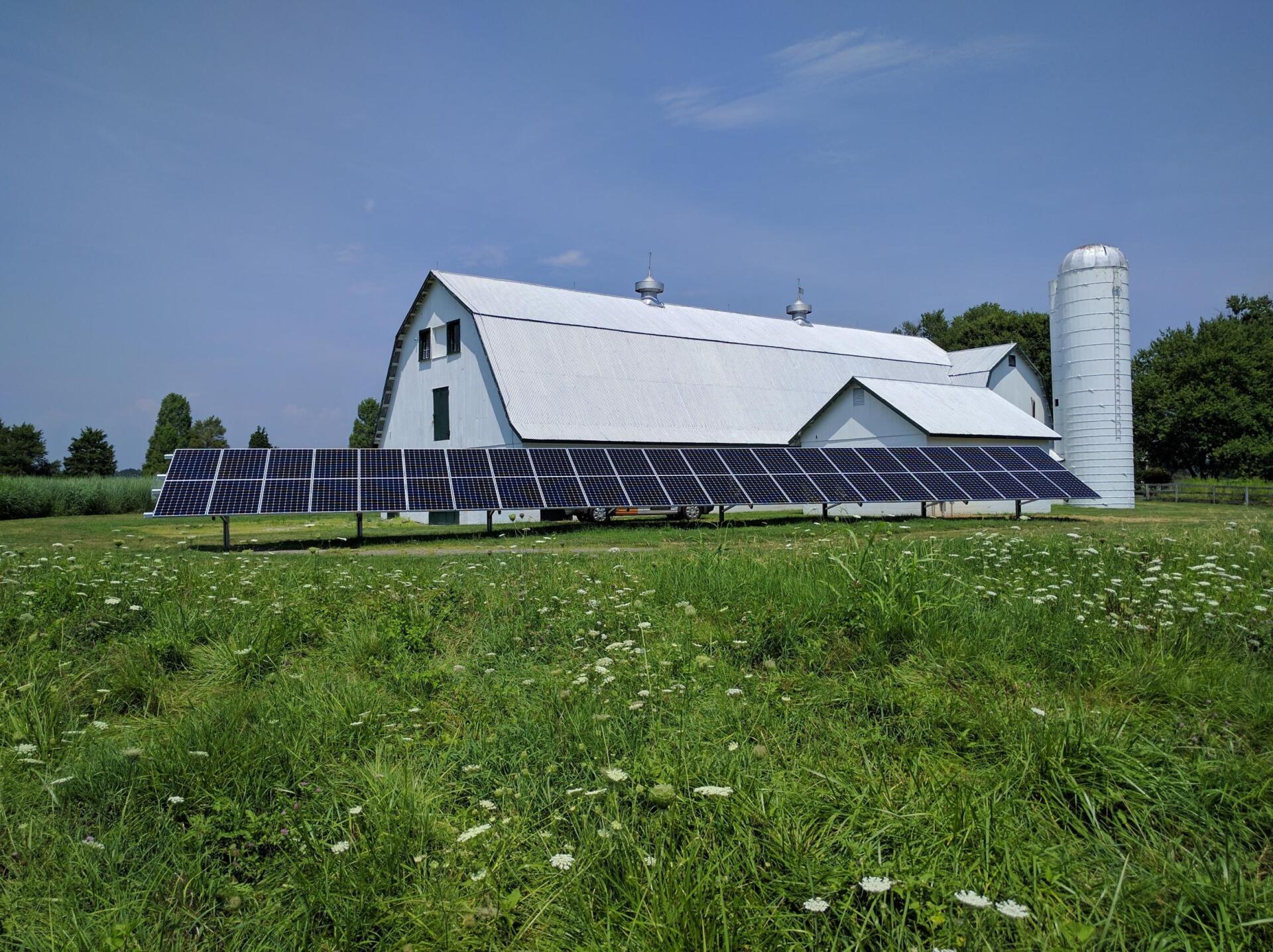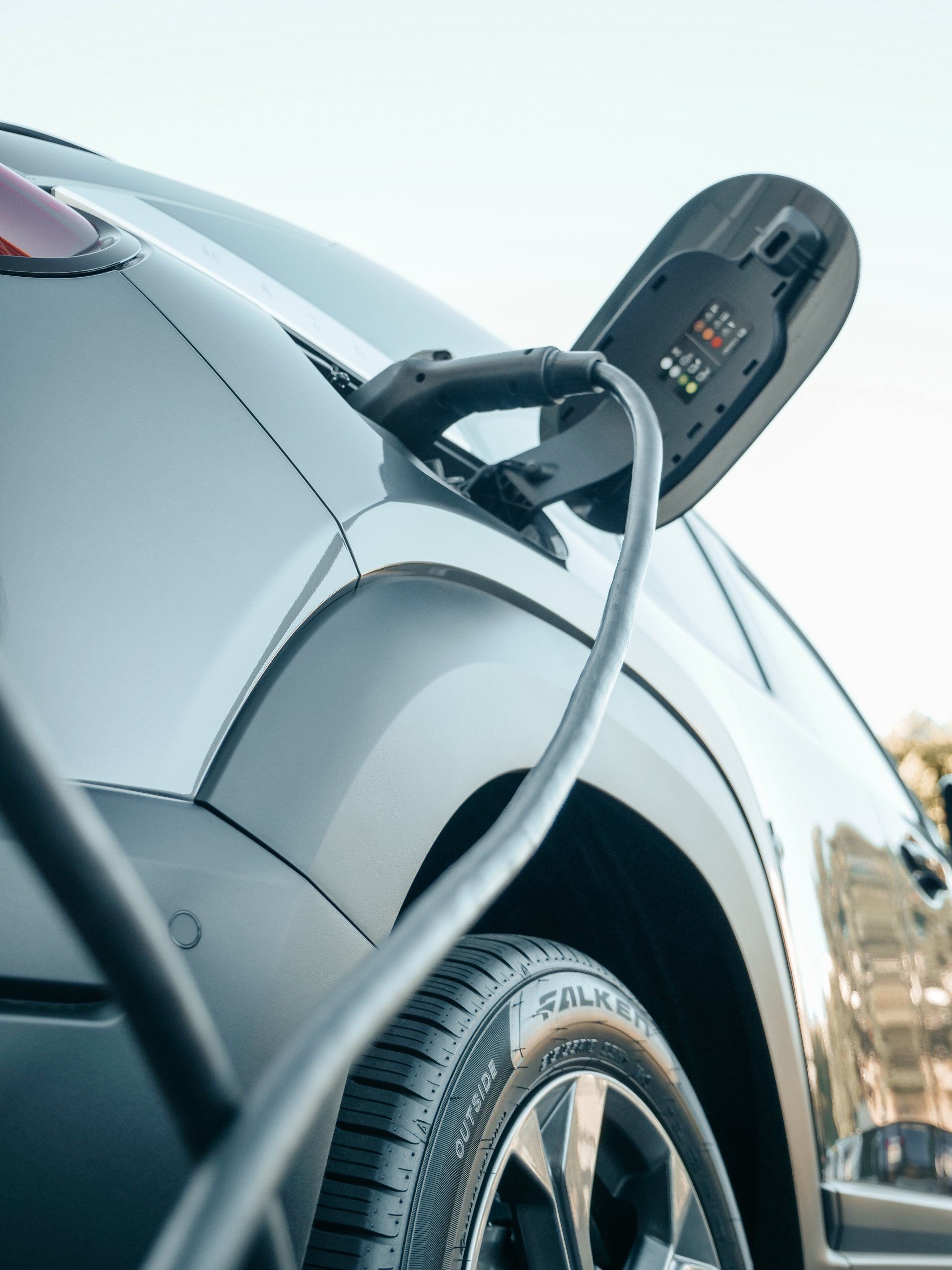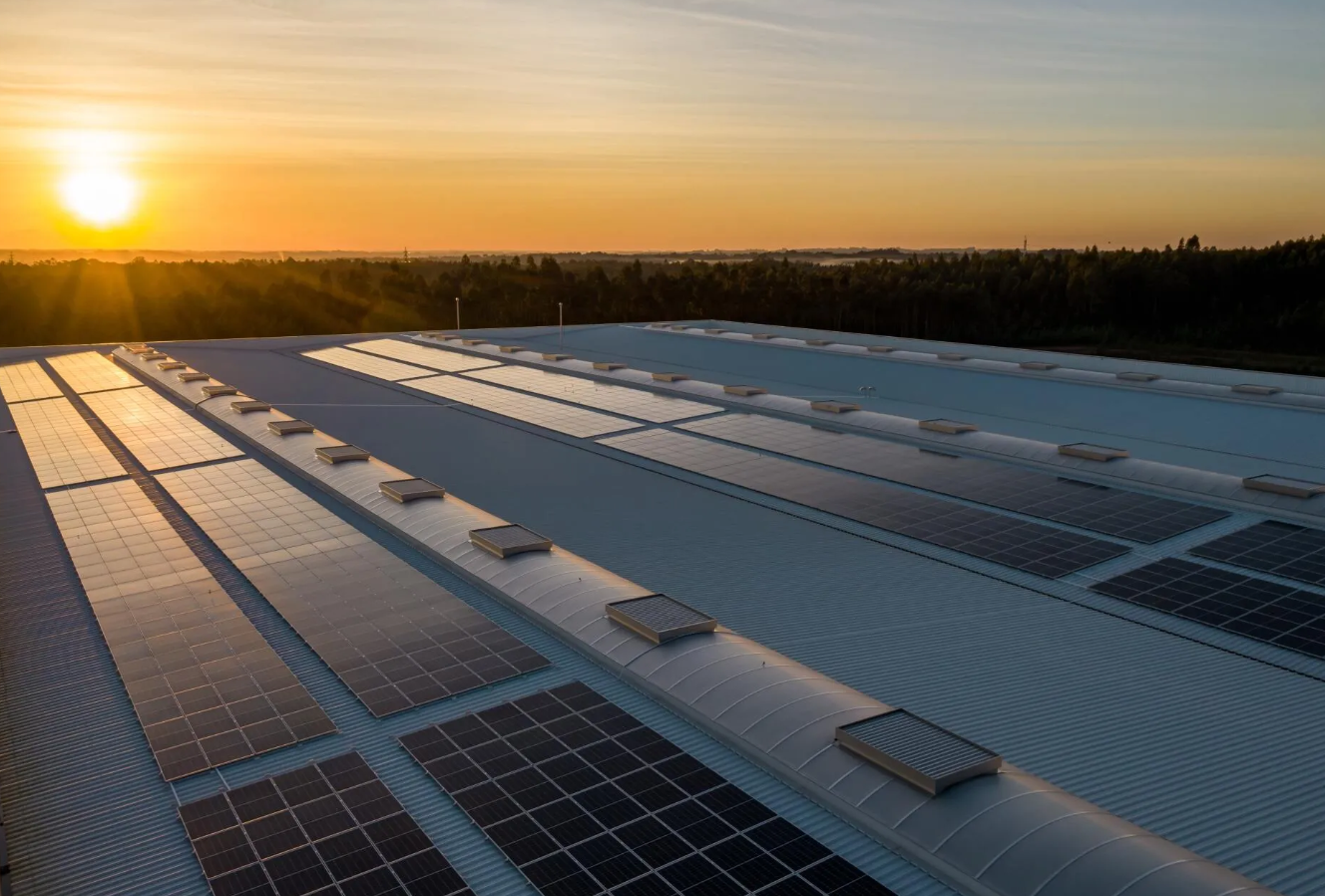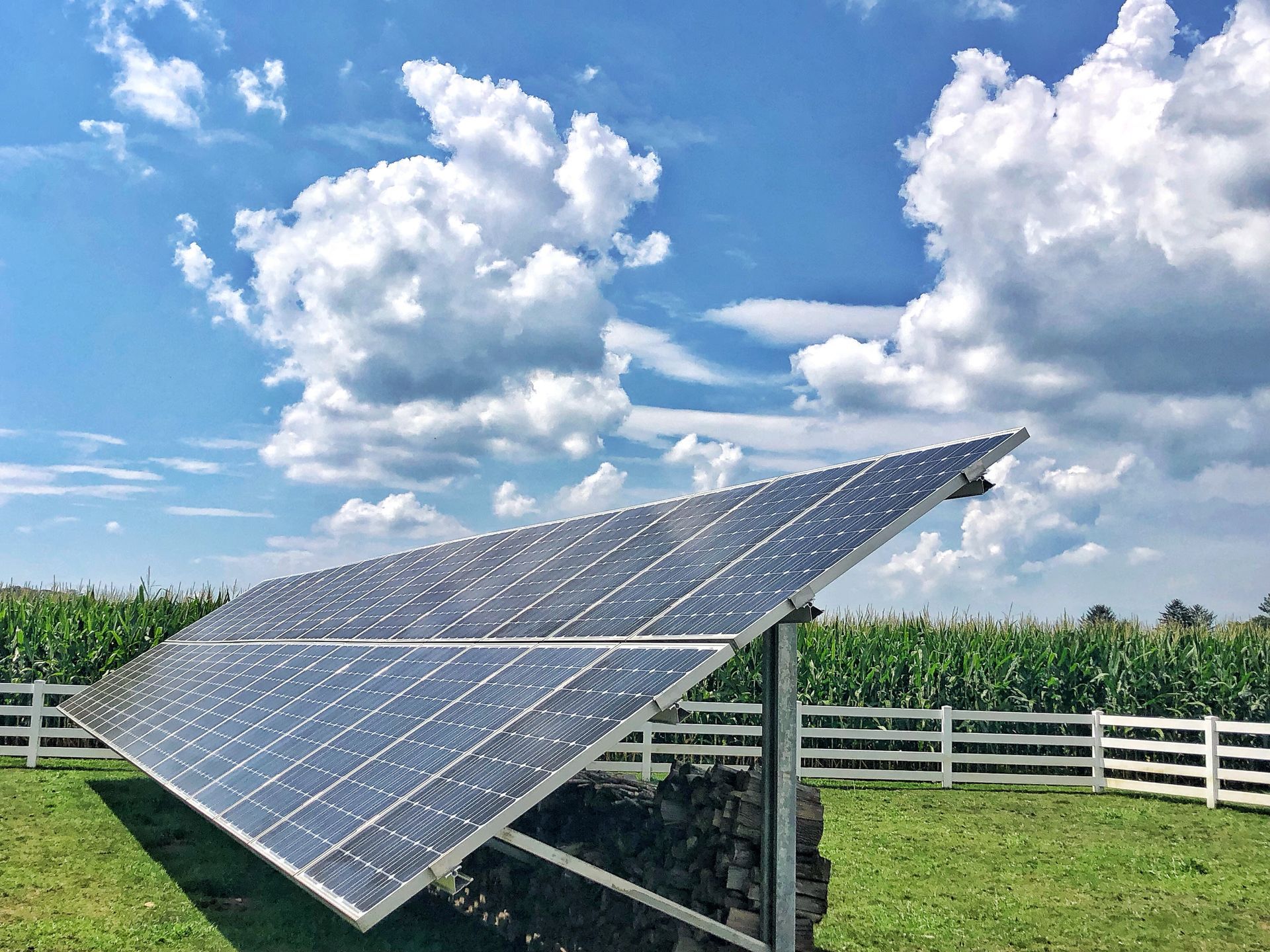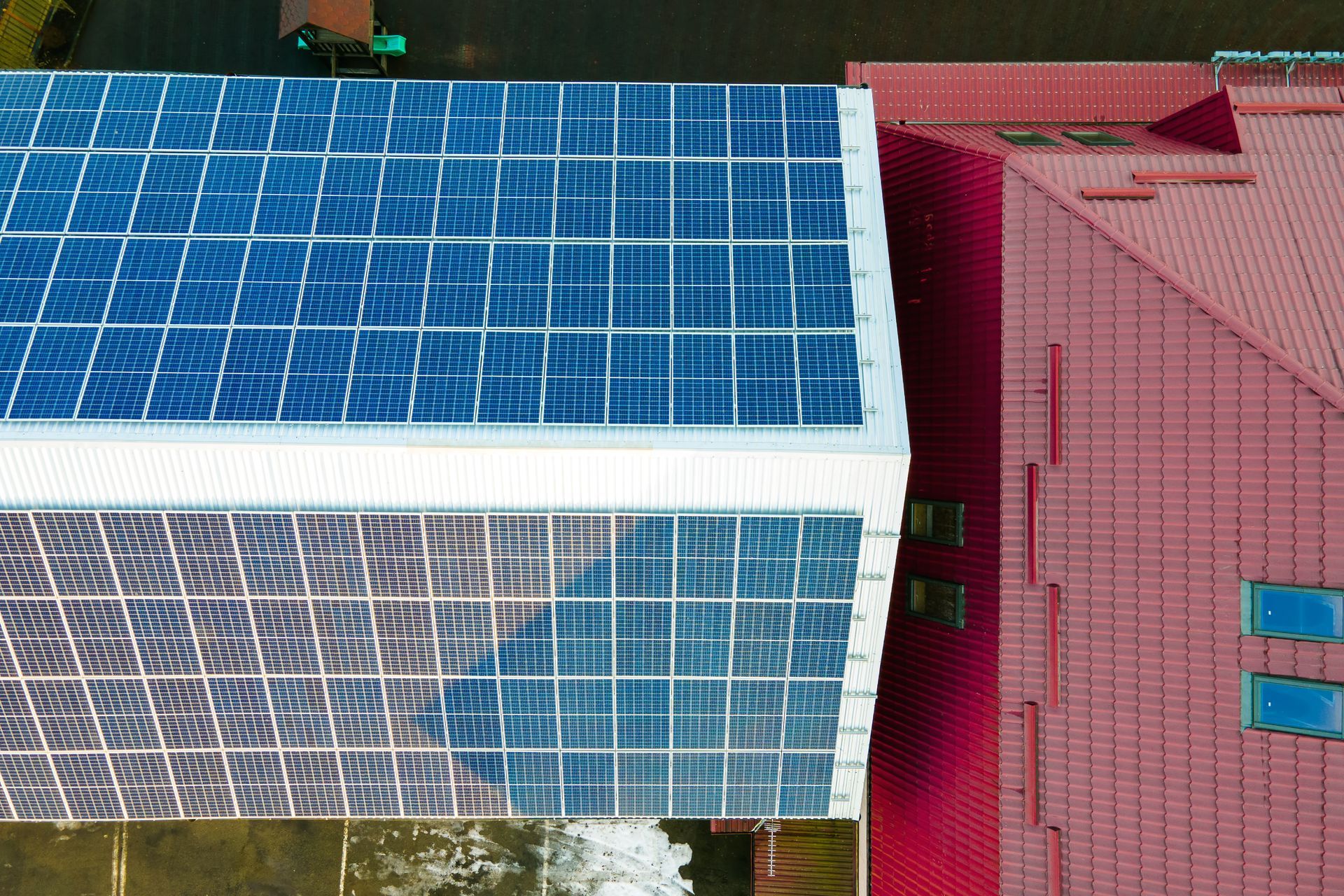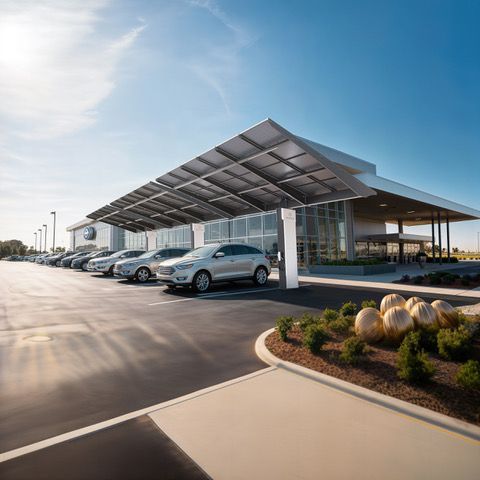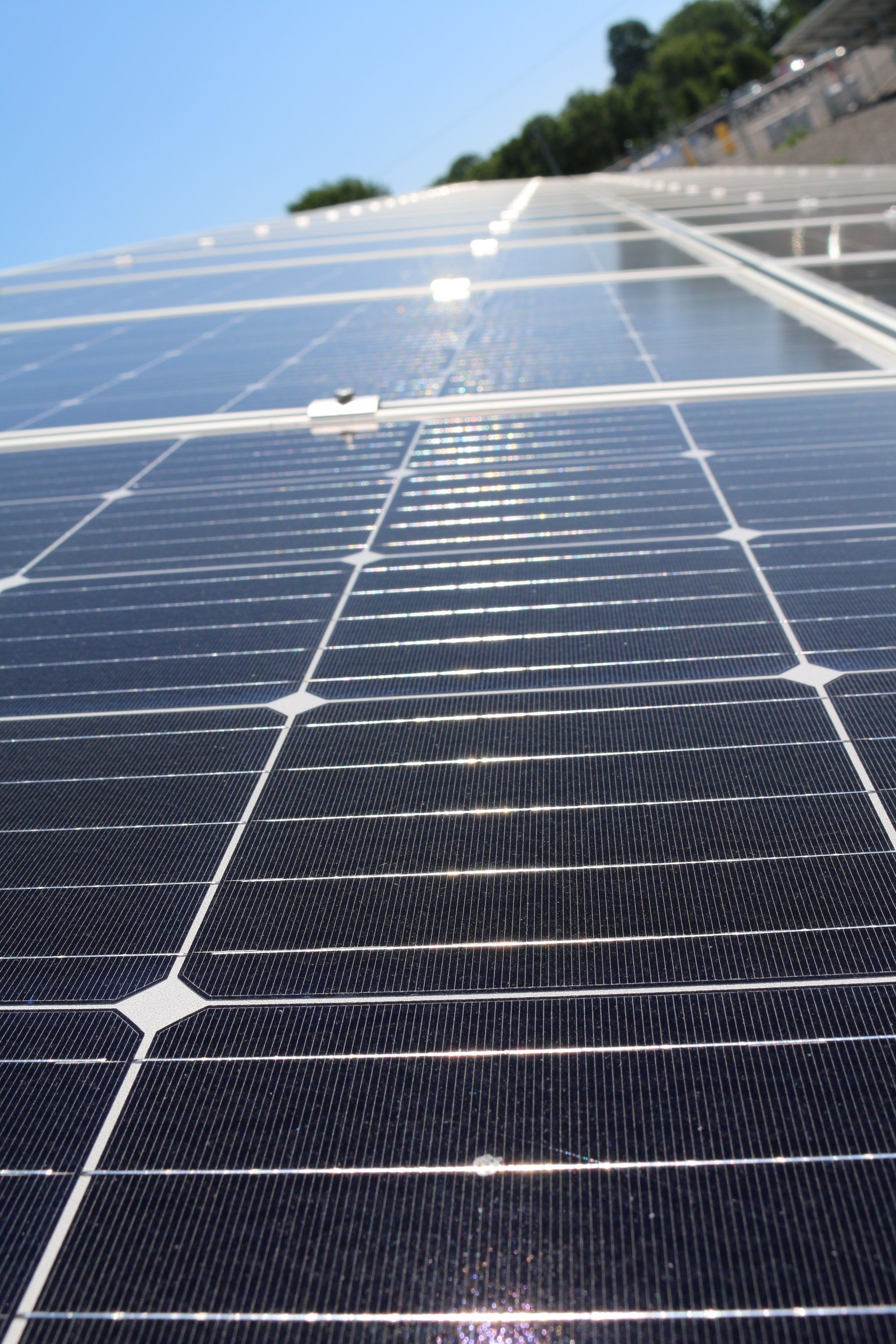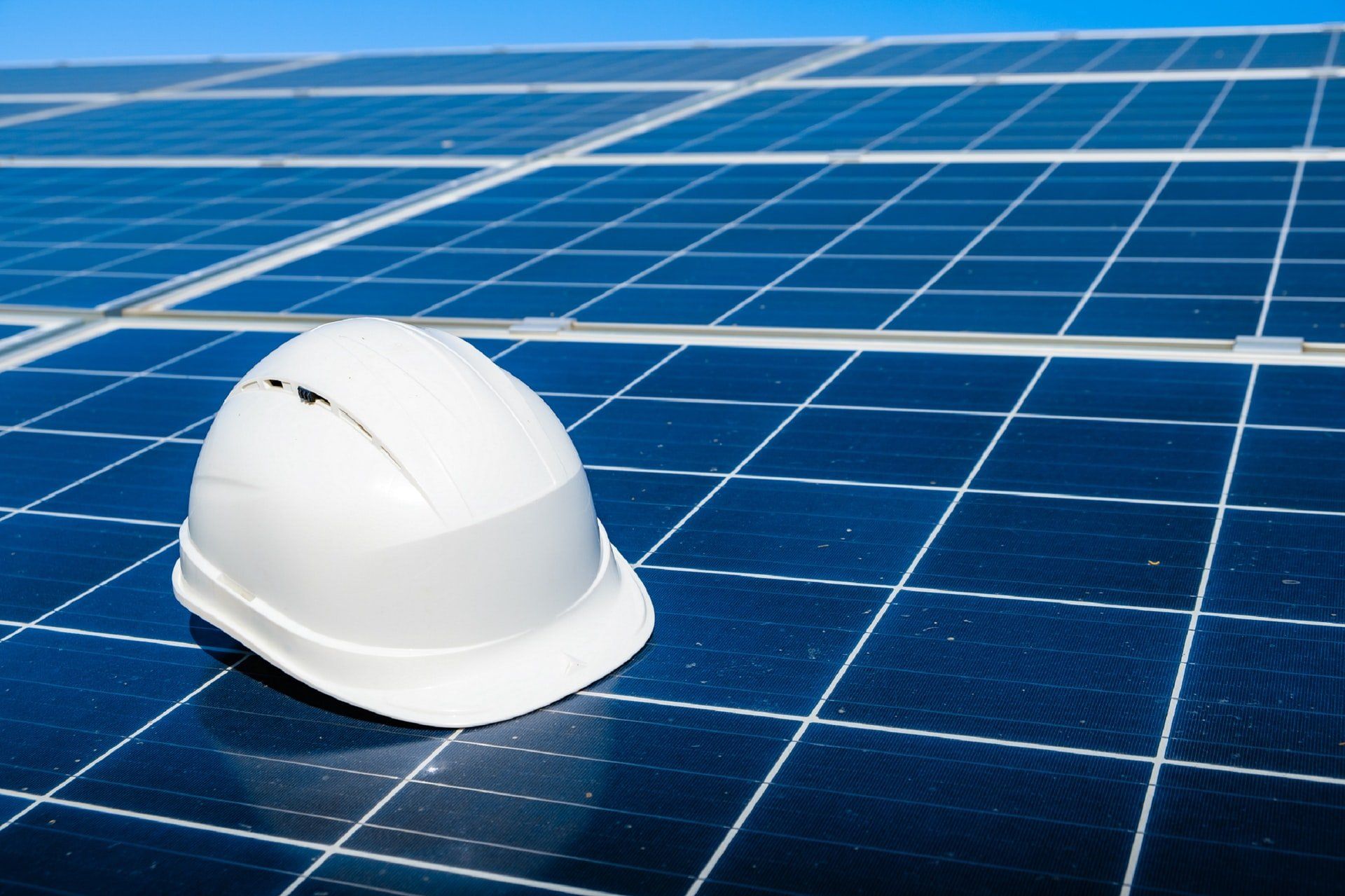By Katie Schupp
•
June 13, 2025
For farm owners across Maryland, Delaware, and Virginia, securing a future of financial freedom is paramount. Rising operational costs, particularly for energy, directly impact profitability. Sunrise Solar is your trusted partner, offering expert agricultural solar panel installation that transforms your farm's energy consumption, leading to significant savings and a bolstered legacy. Solar Power for Farms: A Strategic Investment Your farm is a testament to generations of hard work and dedication. Investing in solar power for farms is a proactive step towards solidifying that legacy, ensuring its prosperity for years to come. By embracing energy independence, you not only reduce your electricity expenses, which directly improves your profits, but also demonstrate a commitment to innovations which are invaluable to the future success of your agricultural enterprise. Best Solar Panels for Farms: Our Process for Your Success Sunrise Solar combines extensive experience with a customer-centric approach to deliver superior farm solar energy solutions. Our commitment to quality, design, and reliable installation ensures your system performs optimally, generating substantial savings for your farm operations and even your home energy consumption. Our Comprehensive Process: Site Inspection: Our experienced technicians and designers visit your property. We carefully measure available land or roof space for the array. For roof-mounted systems, our in-house roofing experts verify structural integrity. Using advanced Sun-Eye devices, we accurately measure shade levels. We also review your electricity usage history to pinpoint average consumption, allowing us to recommend the ideal solar system for your specific needs and goals. Custom Design: Based on this thorough assessment, our designers create a tailored solar system that perfectly fits your farm's unique layout and energy demands. Proposal & Agreement: We present a clear, detailed proposal, explaining every aspect. A signed agreement and down payment initiate the project. Interconnection to Grid: We manage the interconnection process with your electricity provider and secure all necessary permits. Professional Installation: Our skilled installers execute the installation with precision, handling all racking, panels, and electrical components efficiently. Inspection: We coordinate with county building inspectors, ensuring compliance. Once inspections pass, we install your new meter and register the system with your power company. Saving Money: The most rewarding step – seeing significant reductions on your electricity bill! Real-World Savings: The PG Farms Case Study Consider PG Farms in Salisbury, Maryland. Faced with rising operational expenses, they partnered with Sunrise Solar for a farm solar energy solution. We designed and installed a 235 kW ground-mount photovoltaic (PV) system with 540 high-efficiency solar panels. This project is expected to offset 100% of their electricity use, including their chicken house and family residences. Secure Your Farm's Future with Sunrise Solar Beyond cost savings, agricultural solar panel installation helps you leverage government tax incentives and benefit from aggregate net metering. Don't just manage your farm's energy costs; take control. Contact Sunrise Solar today for a free evaluation and personalized quote. Let us show you how a Sunrise Solar agricultural system can provide significant, long-term savings for your farm.
